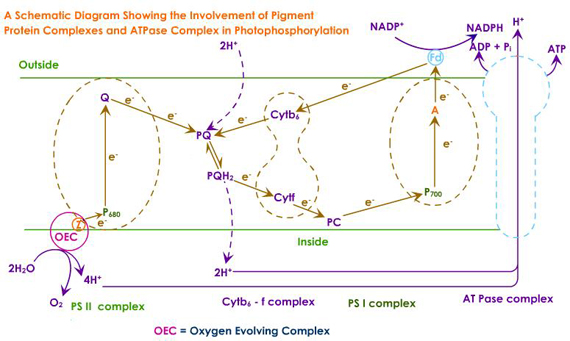Countably infinite on the face of it appears to be a contradiction, which it is not. In everyday language we may be using the term countable to signify a countable (and hence finite) number. But in mathematical terms countably infinite has a very specific and well defined meaning. In order to understand what countably infinite means, we first need to understand certain concepts and a little about the history of counting.
Countably Infinite :history of Counting
Primitive man had no use for counting large numbers. While hunting or fighting other tribes he found it enough to indicate one, two or more. This sense of one, two or many is also found among the animals. You will almost never find a lonely animal picking a fight with a large group, while it will willingly fight a one to one battle with another animal. If you observe carefully, you will find that at times a lonely animal does fight two after an initial hesitation. This tendency shows that animals too do have a primitive sense of counting and numbers.
With the development of civilization various systems for counting developed, which have ultimately evolved as numbers the way we know them. The concept of infinity also came into existence with this evolution and the meaning of " infinite " was taken as something that cannot be counted.
Finite and Infinite
Concepts of finite and infinite became known and initially none imagined that there could be different degrees of " infinite" too. Researches on number theory, set theory and analysis have proved otherwise. Thus we know today that there are finite and infinite numbers but among the infinite numbers there too are various degrees . Thus, in present day mathematics infinite cannot be just treated as a number that cannot be counted.
Definition of Countably Infinite
Countably infinite in mathematics means a set of elements which can be mapped one to one on to the set of natural numbers. In other words for which a one to one correspondence can be found between all its elements and natural numbers without skipping any natural number and without assigning either two elements to the same natural number, or assigning two natural numbers to the same element..
Not all infinite sets are countably infinite. It requires a very high degree of skills in mathematics and logic to understand how. But it has been established logically and mathematically that not only a higher degree of infinite exists beyond countably infinite, but for any degree of infinite, there exists one which is beyond it and hence larger.












